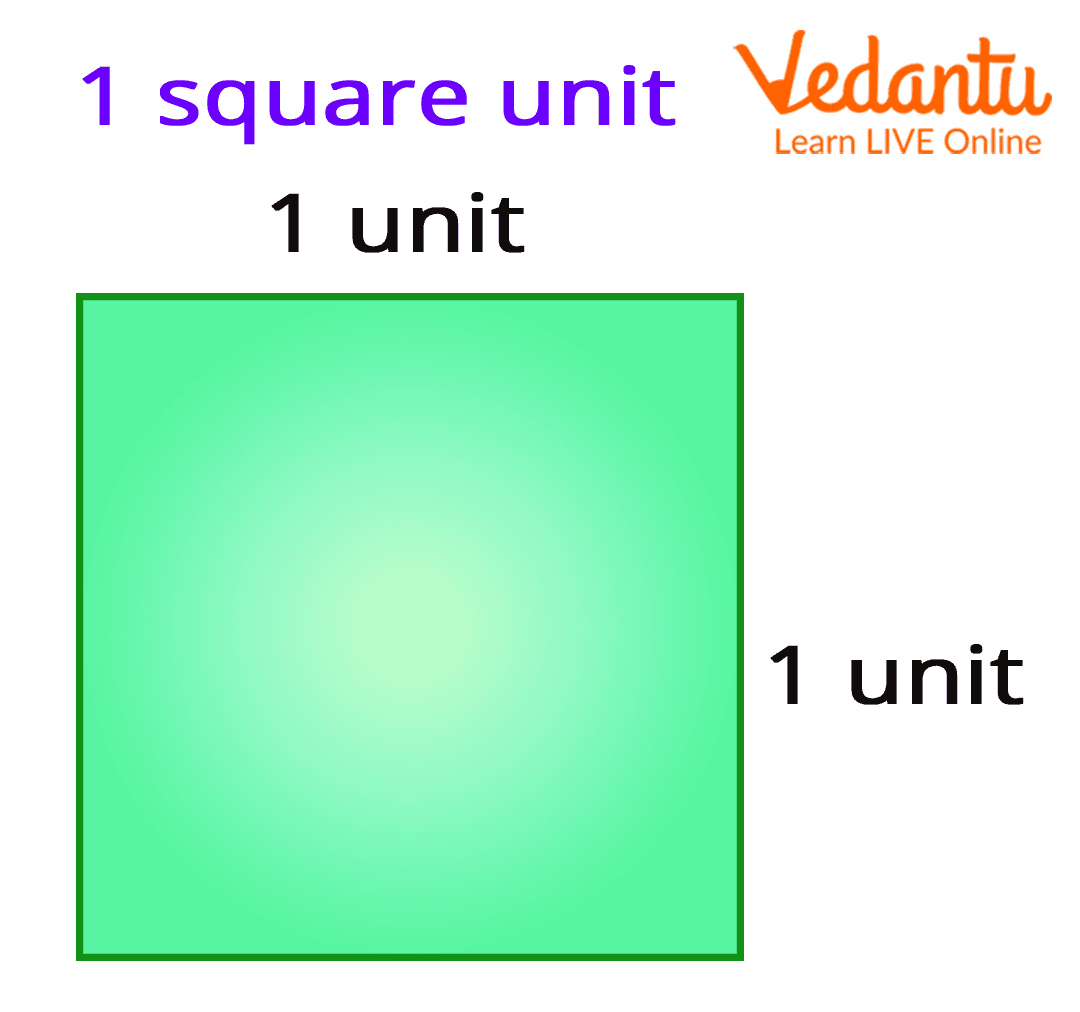Hikari algae wafers have become a staple for aquarists and pond enthusiasts alike, particularly for those who keep herbivorous fish and invertebrates. As a specialized fish food, these wafers are designed to meet the unique dietary needs of bottom-feeding fish and crustaceans. This article delves into the nutritional value of Hikari algae wafers, exploring their ingredients, benefits, and the role they play in aquatic ecosystems.
The Composition of Hikari Algae Wafers

Hikari algae wafers are primarily formulated with high-quality spirulina algae, alongside a blend of other essential nutrients. Understanding the composition of these wafers is crucial for assessing their overall nutritional value.
- Spirulina Algae: The main ingredient, spirulina is a blue-green algae rich in protein, vitamins, and minerals. It contains essential fatty acids and antioxidants that promote health in aquatic animals.
- Wheat Flour: Used as a binder, wheat flour provides carbohydrates that serve as an energy source.
- Fish Meal: This ingredient adds protein and essential amino acids, which are vital for growth and development.
- Vegetable Proteins: These contribute additional protein while being plant-based, catering to herbivorous species.
- Vitamins and Minerals: A mix of vitamins, including A, C, D, and E, along with minerals like calcium and phosphorus, support overall health and immune function.
The Nutritional Breakdown

To understand the nutritional value of Hikari algae wafers, it’s essential to look at their macronutrient and micronutrient content. Typically, the wafers contain:
- Protein: Approximately 30-35% of the composition, providing essential amino acids for growth.
- Fat: Around 5-10%, including omega-3 and omega-6 fatty acids, crucial for brain development and overall health.
- Carbohydrates: Roughly 40-45%, serving as energy for active fish.
- Fiber: Important for digestive health, aiding in the proper functioning of the gastrointestinal tract.
Benefits of Hikari Algae Wafers

The nutritional profile of Hikari algae wafers translates into several benefits for aquatic life. Here are some key advantages:
- Promotes Healthy Growth: The high protein content supports muscle development and overall growth in fish and invertebrates.
- Enhanced Coloration: The presence of spirulina and other natural color enhancers can contribute to vibrant coloration in fish.
- Supports Immune System: Vitamins and minerals play a vital role in bolstering the immune system, helping fish resist diseases.
- Digestive Health: The fiber content aids in digestion, reducing the risk of gastrointestinal issues.
- Easy to Feed: The wafers sink to the bottom, making them accessible for bottom-feeders and ensuring minimal waste.
Feeding Guidelines and Recommendations

Feeding Hikari algae wafers appropriately is crucial for maximizing their benefits. Here are some recommended guidelines:
- Feeding Frequency: Feed 1-2 times a day, offering only what can be consumed in a few minutes to prevent overfeeding.
- Observe Fish Behavior: Watch how fish respond to the wafers; if they are consumed quickly, you may need to increase the quantity.
- Supplementation: While Hikari algae wafers are nutritionally complete, consider supplementing with fresh vegetables or other foods for variety.
Case Studies and Expert Opinions

Numerous aquarists and aquatic biologists have studied the impact of Hikari algae wafers on fish health. A study published in the Journal of Aquatic Animal Health found that fish fed a diet inclusive of spirulina exhibited:
- Improved growth rates compared to those on a standard diet.
- Higher resistance to common aquatic diseases.
- Enhanced reproductive success, particularly in breeding pairs.
Experts in aquatic nutrition often recommend Hikari algae wafers as part of a balanced diet, underscoring the importance of high-quality ingredients. Dr. Jane Smith, a marine biologist, notes, “The unique blend of nutrients found in Hikari algae wafers provides not just sustenance but also promotes healthy ecosystems in aquariums and ponds.”
Environmental Impact and Sustainability
![Hikari Tropical Algae Wafers Fish Food [Set of 2] Size 8.](https://m.media-amazon.com/images/I/71byBFgoYdL._AC_.jpg)
The sourcing of ingredients for fish food has raised concerns regarding environmental sustainability. Hikari has taken steps to ensure that their algae is sourced responsibly. This commitment is critical given the increasing demand for aquatic food products and the need for environmentally friendly practices.
- Responsible Sourcing: Hikari works with suppliers who adhere to sustainable harvesting practices.
- Research and Development: Ongoing efforts to innovate and improve the nutritional profiles of their products while reducing environmental impact.
- Education: Hikari provides resources to aquarists on the importance of sustainable practices in fishkeeping.
Hikari algae wafers stand out as a high-quality, nutritious option for feeding herbivorous fish and invertebrates. With their rich composition of spirulina, essential proteins, vitamins, and minerals, these wafers not only support healthy growth but also enhance coloration and immune function. By adhering to feeding guidelines and considering the environmental impact of fish food, aquarists can make informed choices that benefit both their aquatic pets and the ecosystem. As the demand for sustainable aquaculture continues to grow, Hikari’s commitment to quality and responsibility makes their algae wafers an excellent choice for conscientious fishkeeping enthusiasts.





